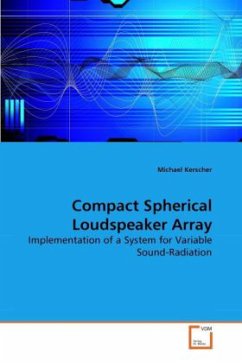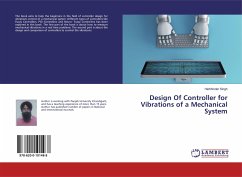
A Loudspeaker Integrator Designed to Control Mechanical Vibrations
Written while a student at DEAS, Harvard University
Versandkostenfrei!
Versandfertig in 6-10 Tagen
39,99 €
inkl. MwSt.

PAYBACK Punkte
20 °P sammeln!
Vibration control by a speaker integrator is necessary to maintain optimal dynamic deflection of the cabinet wall and to isolate the speaker driver from room feedback. The prior art, however, fails to decouple these concerns yet address them simultaneously. Mathematical models are developed and presented to accurately describe a speaker's playback in a dynamic room environment. A prototype design is then developed and hand built in which a tuned two-degree-of-freedom mechanical system prevents additional mechanical impedances and a spiked, damped stand isolates the system from room effects whi...
Vibration control by a speaker integrator is necessary to maintain optimal dynamic deflection of the cabinet wall and to isolate the speaker driver from room feedback. The prior art, however, fails to decouple these concerns yet address them simultaneously. Mathematical models are developed and presented to accurately describe a speaker's playback in a dynamic room environment. A prototype design is then developed and hand built in which a tuned two-degree-of-freedom mechanical system prevents additional mechanical impedances and a spiked, damped stand isolates the system from room effects while raising the driver to ear height. This work hopes to motivate the inclusion of an integrator in the setup of all sound systems, especially those of audiophile quality.












